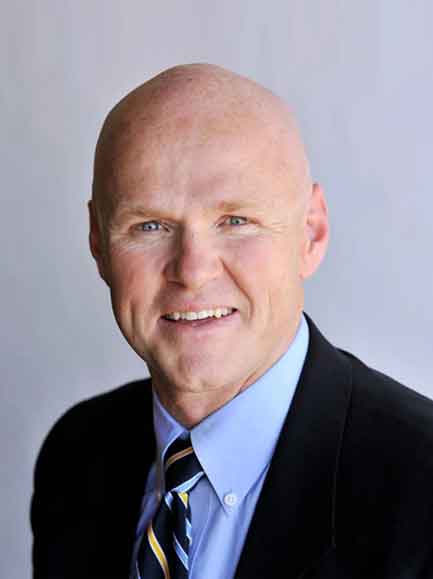Understanding How MLS Therapy Works
Similar to other laser treatments, MLS therapy uses concentrated light energy to penetrate deep into damaged cells, stimulating the body’s natural healing processes. Over the course of several sessions, MLS therapy can prompt cellular reproduction, letting the body repair tissue and fiber faster than it would without intervention.
MLS therapy offers several key advantages over other types of treatment:
MLS Therapy Is Non-Invasive
MLS therapy can effectively treat conditions including, but not limited to, the following:
In the past, many of these conditions could only be treated through invasive surgeries. Even when surgery was successful, patients would often have to suffer through long and grueling recoveries—recoveries that could, in some cases, be just as painful and unpleasant as the underlying injury.
Since MLS therapy is a laser-based treatment, it provides a non-invasive and largely pain-free alternative to surgery.
MLS Therapy Reduces the Risk of Painkillers
For athletes, workers, and other active Idahoans, foot pain necessitates fast, effective care.
Unlike other procedures, MLS therapy can begin healing injuries at the cellular level in as few as six sessions. However, many patients report near-immediate relief, reducing the need for podiatrists to prescribe potentially addictive painkillers.
MLS Therapy Has Varied Uses
MLS therapy can be used to treat both of the following:
- Acute conditions, or conditions with severe symptoms and a sudden onset.
- Chronic conditions, or conditions with varied symptoms that last for one or more years.
MLS therapy for acute conditions, like sudden-onset back pain, is typically completed over the course of a half-dozen sessions. These sessions may take between two and three weeks to complete. Conversely, MLS therapy for chronic conditions is usually spread out over about 12 separate sessions, lasting between five and seven weeks.
Taking Care of Your Feet After an MLS Session Is Complete
MLS laser therapy can be an effective alternative to more invasive surgery. Since MLS therapy does not require injections, incisions, or stitches, patients are typically free to resume regular activity as soon as their session ends. However, every case is different, and some patients may need to receive MLS therapy alongside other treatments.

.jpeg) Multiwave locked system laser (MLS) therapy might seem straight out of Star Wars, but this FDA-approved treatment has clear-cut advantages over more conventional methods of pain relief. Affordable and non-invasive, MLS therapy offers patients an opportunity to begin healing without the need for painkillers or surgical reconstructions.
Multiwave locked system laser (MLS) therapy might seem straight out of Star Wars, but this FDA-approved treatment has clear-cut advantages over more conventional methods of pain relief. Affordable and non-invasive, MLS therapy offers patients an opportunity to begin healing without the need for painkillers or surgical reconstructions.